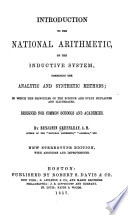 | Benjamin Greenleaf - Arithmetic - 1857 - 336 pages
...of differences ; therefore, 9 -j- 1 = 10 is the number of terms in this series. Hence the following RULE. — Divide the difference of the extremes by...common difference, and the quotient, increased by 1, will be the number of terms required. EXAMPLES FOR PRACTICE. 1. If the extremes of a series are 4 and... | |
 | Benjamin Greenleaf - Arithmetic - 1857 - 452 pages
...more than the number of common differences, 8 -|1 = 9 is the number of terms ha the series. KULE. — Divide the difference of the extremes by the common difference, and the quotient increased by 1 will be the required number of terms. EXAMPLES. 2. A man going a journey travelled the first day 7... | |
 | Benjamin Greenleaf - Arithmetic - 1858 - 472 pages
...must be 1 more than the number of common differences, 8 -\1 = 9 is the number of terms in the series. RULE. — Divide the difference of the extremes by...common difference, and the quotient increased by 1 will be the required number of terms. EXAMPLES. 2. A man going a journey travelled the first day 7... | |
 | Benjamin Greenleaf - Arithmetic - 1858 - 332 pages
...therefore, 9 -j- 1 = 10 is the number of terms in this series. Hence the following RULE. — Dicide the difference of- the extremes by the common difference, and the quotient, increased by 1, will be the number of terms required. EXAMPLES FOR PRACTICE. 1. If the extremes of a series are 4 and... | |
 | Benjamin Greenleaf - Arithmetic - 1859 - 334 pages
...of differences ; therefore, 9 -)- 1 = 10 "is the number of terms in this series. Hence the following RULE. — Divide the difference of the extremes by...common difference, and the quotient, increased by I, will be the number of terms required. EXAMPLES FOR PRACTICE. 1. If the extremes of a series are... | |
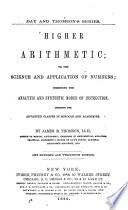 | James Bates Thomson - Arithmetic - 1860 - 440 pages
...common difference ? 605. To find the number of terms, when the extremes and common difference are given. Divide the difference of the extremes by the common difference, and the quotient increased by 1 will be the number of terms. OBS. The truth, of this principle is manifest from the manner in which... | |
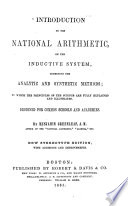 | Benjamin Greenleaf - Arithmetic - 1861 - 338 pages
...of differences; therefore, 9 -f- 1 = 10 is the number of terms in this series. Hence the following RULE. — Divide the difference of the extremes by...common difference, and the quotient. increased by 1, will be the number of termi required. EXAMPLES FOR PRACTICE. 1. If the extremes of a series are 4 and... | |
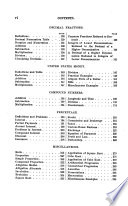 | James Stewart Eaton - 1862 - 320 pages
...extremes is the common difference multiplied by one less than the number of terms. Hence, conversely, RULE. Divide the difference of the extremes by the...quotient, increased by 1, is the number of terms. Ex. 1. The extremes of an arithmetical series are 3 and 31 and the common difference is 4 ; what is... | |
 | James Stewart Eaton - Arithmetic - 1864 - 322 pages
...is the common difference multiplied by one less than the number of terms. Hence, conversely, R0LE. Divide the difference of the extremes by the common...quotient, increased by 1, is the number of terms. Ex. 1. The extremes of an arithmetical series are 3 and 31 and the common difference is 4 ; what is... | |
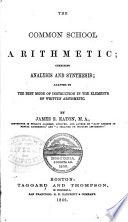 | James Stewart Eaton - Arithmetic - 1866 - 328 pages
...extremes is the common difference multiplied by one less than the number of terms. Hence, conversely, RULE. Divide the difference of the extremes by the...quotient, increased by 1, is the number of terms. Ex. 1. The extremes of an arithmetical series are 3 and 31 and the common difference is 4 ; what is... | |
| |